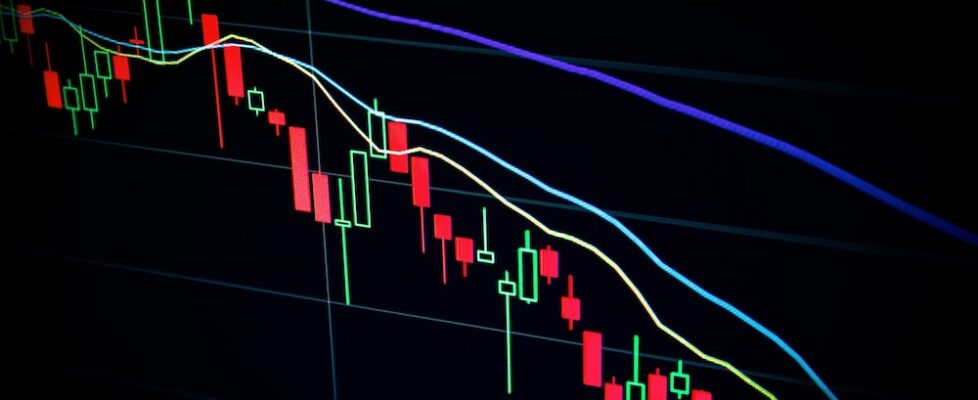UK regulator warns firms about certain last look practices
The UK Financial Conduct Authority (FCA) today confirmed its recognition of the updated FX Global Code and the Global Precious Metals Code (the PM Code).
Both these voluntary market codes have been written and are owned by the industry and reflect their views of best practice.
Individuals subject to the Senior Managers and Certification Regime (SM&CR) need to meet requirements for market conduct, for both regulated and unregulated activities. Behaviour that is in line with an FCA recognised code will tend to indicate a person subject to the SM&CR is meeting their obligation to observe ‘proper standards of market conduct’ in relation to unregulated markets (FSMA, UK legislation and FCA rules and guidance outline proper standards of conduct in regulated markets).
The FCA expects firms and individuals to consider both the spirit and letter of code provisions to make sure they fully meet ‘proper standards of market conduct’.
In that regard, the FCA highlights that last look practices that incorporate a delay that is additional to what is required to complete price and validity checks (some market participants refer to such deliberate delays as ‘additional hold time’) are not consistent with the Codes. For example, market participants should not prolong the duration of the last look window for the purpose of seeing if future prices move in their favour in relation to the client’s trade request.
Also, pre-hedging practices where market participants do not communicate their practices to clients in a manner that allows the client to understand the potential impact on the execution of their order are not consistent with the Codes. This includes practices where market participants do not have appropriate controls to monitor potential conflicts of interest, and do not have controls in place to limit access to confidential information relating to anticipated orders.
More broadly, those who are signatories to the FX and PM Codes, will need to make clear and transparent disclosures to market users to explain how their orders will be handled. For example, a market participant applying last look price checks would need to explain if these are symmetric or asymmetric.
For the FX Code, anonymous trading platforms would need to disclose whether their users are signatories to the Code. These could be important indicators or even determinants of execution quality, and so of direct relevance to those seeking best execution outcomes.




